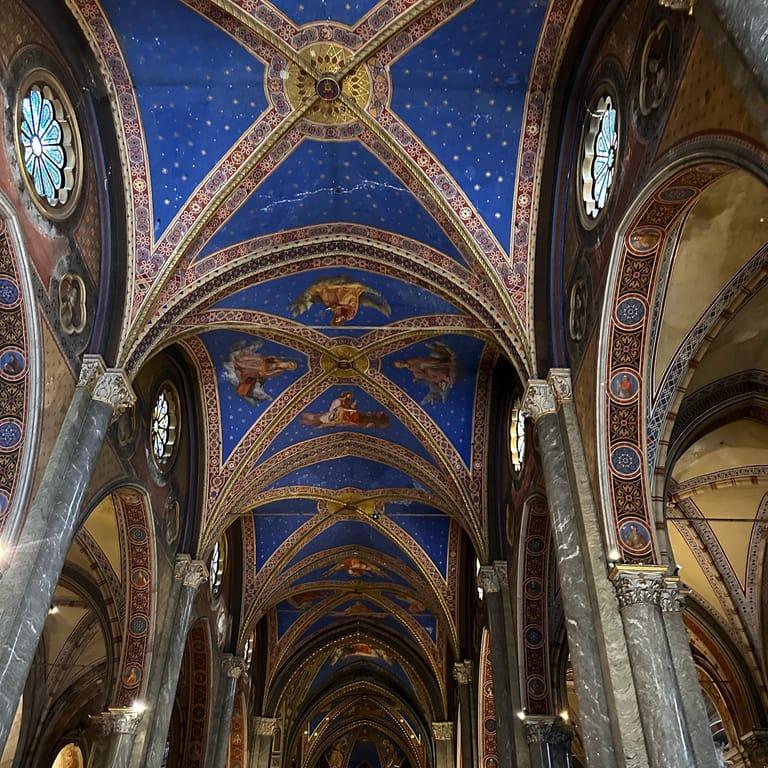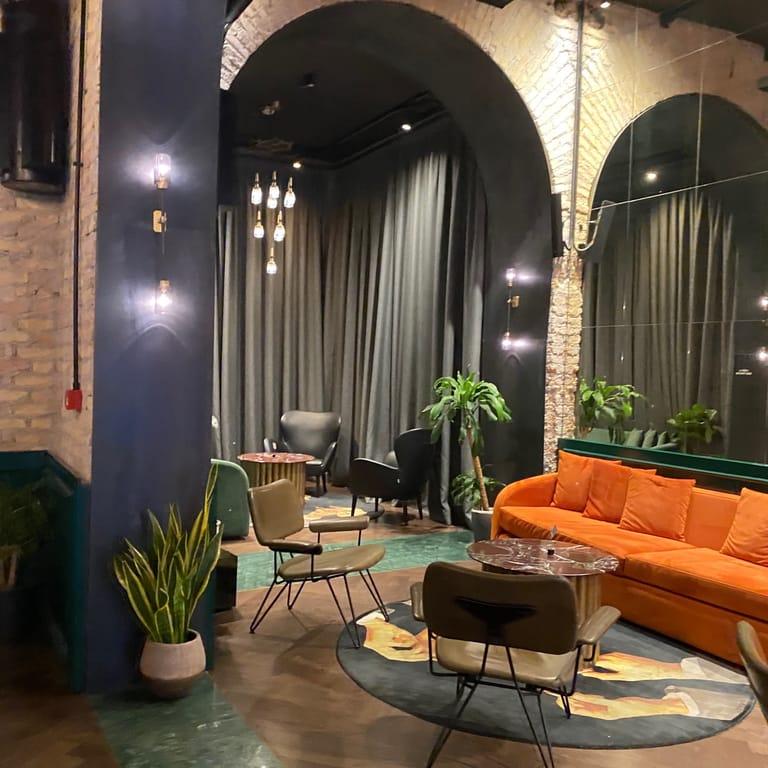The Senatorial Palace, a stunning example of Renaissance architecture, plays a vital role in the community of Rome. This historic building, located at Piazza del Campidoglio, serves not only as a municipal center but also as a cultural hub where locals and tourists alike gather to appreciate its beauty and significance. The palace has been a symbol of governance since the 12th century, reflecting the rich history of the Eternal City.
The Senatorial Palace is not just a historical site; it actively engages with the community through various initiatives that promote local culture and heritage.
This majestic building stands as a testament to Rome's enduring legacy, inviting visitors to explore its grandeur and the stories it holds.
The palace's role extends beyond administration; it is a gathering place for cultural events, exhibitions, and community discussions, fostering a sense of belonging among residents.
Through its architectural beauty and historical significance, the Senatorial Palace continues to inspire and connect the people of Rome.
Local Partnerships
The Senatorial Palace collaborates with various local organizations to enhance community engagement and cultural exchange. Some notable partnerships include:
• Local artists and artisans for exhibitions and workshops
• Schools and educational institutions for cultural programs
• Non-profits focused on historical preservation
• Community groups for public events and discussions
Events and Gatherings
The Senatorial Palace hosts a variety of events that celebrate Rome's rich cultural heritage. From art exhibitions to public lectures, these gatherings foster a sense of community and encourage dialogue among residents and visitors.
Regular events include:
• Art exhibitions showcasing local talent
• Historical reenactments that bring the past to life
• Community discussions on current issues
• Seasonal festivals celebrating local traditions
Sustainability and Responsibility
The Senatorial Palace is committed to sustainability and ethical practices. Efforts include:
• Utilizing eco-friendly materials in restoration projects
• Promoting local businesses and artisans
• Implementing waste reduction initiatives during events
• Engaging in community clean-up efforts
Voices from the Community
Local residents often share their experiences and stories about the Senatorial Palace. Here are a few reflections:
• "The palace is a beautiful reminder of our history, and I love attending events there."
• "Every time I visit, I feel a connection to the past and the vibrant culture of Rome."
• "It’s a place where we can come together as a community and celebrate our heritage."
Connect with Senatorial Palace
We invite you to explore the Senatorial Palace and experience its beauty and significance firsthand. Join us for upcoming events, engage with the community, and discover the rich history that this landmark represents. Visit us at Piazza del Campidoglio, Rome.
The Senatorial Palace, a stunning example of Renaissance architecture, stands proudly on Capitoline Hill in Rome. Its origins trace back to the 12th century, when it became the seat of the Roman municipal government. Designed under the guidance of Michelangelo Buonarroti, the palace reflects a blend of historical significance and artistic brilliance. The vision behind its construction was to create a harmonious space that unified the Capitoline Hill, serving as a backdrop for political discourse and civic pride.
- 12th Century: Construction begins, establishing the site as a municipal building.
- 16th Century: Michelangelo redesigns the Campidoglio square, enhancing the palace's grandeur.
- 19th Century: The palace becomes a symbol of Rome's political heritage.
- Present Day: The Senatorial Palace remains a vital part of Rome's cultural and political landscape.
The Senatorial Palace has been shaped by its vibrant surroundings, reflecting the rich history of Rome. Its location adjacent to the Piazza del Campidoglio connects it to the Capitoline Museums, enhancing its significance as a cultural hub. The architectural design harmonizes with the piazza's hues, creating a picturesque backdrop that attracts both locals and tourists alike.
The legacy of the Senatorial Palace is attributed to its visionary architect, Michelangelo, whose designs have left an indelible mark on Rome's skyline. His successors, including Giacomo della Porta, ensured that his vision was realized, maintaining the palace's grandeur through the centuries. The palace has also been home to numerous influential figures, contributing to its rich narrative.
Over the years, the Senatorial Palace has adapted to the changing political landscape of Rome. It has embraced modernization while preserving its historical essence. Today, it serves not only as an administrative center but also as a site for public engagement, bridging the gap between ancient traditions and contemporary governance.
The Senatorial Palace stands as a testament to Rome's enduring legacy, inviting visitors to explore its rich history and architectural beauty. It continues to be a focal point for civic pride and cultural appreciation, ensuring that the stories of the past resonate with future generations.
The Senatorial Palace, located in the heart of Rome at Piazza del Campidoglio, is a stunning example of Renaissance architecture. This 12th-century municipal building, designed by Michelangelo, serves as a historical landmark and administrative center. Visitors are captivated by its grandeur and the breathtaking views it offers over the city. The palace is not only a vital part of Rome's political landscape but also a cultural treasure, making it a must-see for anyone exploring the Eternal City.
- Majestic architecture that reflects Renaissance design.
- Stunning views of Rome from the top.
- Rich historical significance and cultural relevance.
- Can be crowded during peak tourist seasons.
- Limited accessibility for those with mobility issues.
The Senatorial Palace is perfect for history enthusiasts, architecture lovers, and anyone looking to immerse themselves in Rome's rich cultural heritage. It's also a great spot for photographers and families seeking a picturesque backdrop.
Visitors should check the opening hours in advance, as they may vary. The best time to visit is early in the morning or late afternoon to avoid crowds. Don't forget to bring a camera to capture the stunning views and architectural details.
The Senatorial Palace stands as a testament to Rome's rich history and architectural brilliance. Its combination of stunning design, historical significance, and breathtaking views make it a captivating destination for both locals and tourists alike. Whether you're exploring its halls or simply enjoying the view from the piazza, a visit here is sure to leave a lasting impression.





